In the Southern Gonder Zone of Amhara Regional State, skyrocketing fertiliser prices have thrown farmers into crisis, threatening both their livelihoods and the region’s agricultural output.
Mulatu Banke, a 45-year-old farmer and father of five, cultivates two hectares of land with onion, wheat, and teff. He usually harvests 15 quintals of teff and 40 quintals of wheat annually, selling most of his produce to sustain his family. But this year, he has not bought any fertiliser, he cannot afford it.
"I haven't bought anything," he said. "It's too expensive."
Fertiliser prices have doubled, sending shockwaves through farming communities. Mulatu has asked district agriculture officers to lower prices, but he has not yet received a response.
"I will wait until the prices come down," he said.
Farmers across the country are facing similar struggles. The price of diammonium phosphate (DAP) fertiliser has surged to 7,000–8,000 Br per quintal, while Urea now costs between 5,000 and 6,700 Br per quintal. The price hikes stem from the depreciation of the Birr, rising global fertiliser costs, and surging demand.
The Amhara Regional State, where over two million farmers depend on agriculture, has been hit particularly hard. The government supplied 1.4 million quintals of fertiliser from the annual demand 8.8 million quintals needed. In South Gonder’s Fogera district, only 9,200 quintals have been distributed, while demand stands at 115,690 quintals.
Weletaw Abate, head of the district agriculture office, acknowledged the financial strain on farmers.
"DAP is being sold at 8,000 Br, and urea prices have also increased," he said. "Farmers are struggling to afford it."
Officials insist credit options are available for farmers who cannot afford fertiliser, but many farmers say otherwise.
Faced with rising prices, farmers are cutting their fertiliser use by up to 50pc, risking lower yields. Abera Bante, a 50-year-old farmer from Fogera, could only afford one quintal of urea and DAP.
"I just can't afford it," he said.
Abera, who supports a family of six, is also struggling with soaring seed prices. Onion seeds now cost 9,000 Br per quintal. His income from farming has dropped, making it even harder to cover costs.
Many farmers have stopped production entirely. Others have scaled back because they lack the money and access to credit.
According to Sophia Kassa (PhD), state minister for Agriculture, the government distributed 4.5 million quintals of fertiliser last month, about 20pc of the 24 million quintals planned for the year. This is four million quintals more than last year’s import.
A recent shipment of 4.5 million quintals has reached the country and is being distributed to regional states. Three more ships carrying 6.4 million quintals have arrived at Djibouti’s ports.
The government has allocated 1.3 billion dollars and 156 billion Br for DAP and urea fertilisers this fiscal year. However, higher-than-expected DAP prices may require additional funding.
Last year, the federal government spent a billion dollars on fertiliser, with subsidies reaching 15 billion Br. This year, subsidies have jumped to 84 billion Br, a staggering 253pc increase.
"We are providing the highest subsidy in our history," Sophia said.
She stated that the government now subsidises 3,700 Br per quintal and the Ministry of Agriculture (MoA) has instructed regional governments to offer credit to farmers. However, farmers say they have yet to see any real assistance.
A three-year study by the Agricultural Transformation Institute (ATI) found that NPS fertiliser, containing nitrogen, phosphorus, and sulfur, is too acidic for Ethiopian soil, particularly the variants with boron and zinc. Researchers recommended shifting procurement toward DAP, which contains only phosphorus and nitrogen.
Soil acidity has become a growing problem, reducing productivity, causing fertiliser wastage, and leading to revenue losses.
Mengistu Tesfa, head of agricultural inputs at the MoA and chair of the national fertiliser procurement committee, acknowledged the problem.
"DAP is more expensive, which has pushed up the average fertiliser price," he said. "But it is better suited for acidic soils."
The government procures fertiliser year-round. In the sixth round of procurement, authorities sought to acquire 611,000 tonnes of DAP and 821,000 tonnes of urea.
The price of DAP has surged to 627 dollars per tonne, an increase of 122 dollars from the previously purchased NPS fertiliser. Urea prices have remained relatively stable at 353 dollars per tonne, compared to the previous purchase price of 366 dollars per tonne.
"Farmers have no choice but to buy it," said Sophia.
Mengistu insists that government subsidies had eased the burden.
"Farmers should be grateful for the government’s efforts," he told Fortune.
Last year, the Ministry changed its fertiliser procurement strategy, forming a new Board that including Mamo Mihretu, governor of the National Bank of Ethiopia (NBE); Alemu Sime (PhD), minister for Transport & Logistics; Alemtsehay Paolos, cabinet affairs minister; Semereta Sewasew, state minister for Finance; and Abie Sano, president of the Commercial Bank of Ethiopia (CBE).
Despite rising import volumes, global fertiliser prices have dropped slightly. This allowed the government to spend 20 billion Br less on fertiliser while securing higher quantities.
This year, Ethiopia primarily imported fertiliser from Russia, China, Saudi Arabia, and the United Arab Emirates (UAE).
Regional governments worry over crippling fertiliser costs, which heavily burden smallholder farmers.
In Oromia Regional State, home to 6.8 million farmers and 11.6 million hectares of farmland, cooperatives expect further price surges for fertiliser imports and distribution.
The Bora Denbel Multi-Purpose Cooperative Union, which represents 25,000 farmers, has only distributed 32,000 quintals of fertiliser, far below the 316,000 quintals needed for the year.
Sophia insists the government is exploring a deferred payment scheme, where farmers could pay back later through regional governments.
However, Aleyi Seko, head of the Union, says no such credit or loans have been provided.
Ministry officials argue that the crisis stems from seasonal demand spikes, logistical and infrastructure bottlenecks, and growing instability disrupting distributions.
Some farmers are shifting to low-fertiliser crops like chickpeas, while regional agricultural authorities are promoting composting to reduce dependence on chemical fertilisers.
Badiho Birmeji, a 50-year-old farmer in Meki, supports six children and cultivates 20 hectares of maize and wheat. This year, he faced a 100pc surge in fertiliser prices. Unable to afford his planned purchase of 40 quintals, he bought only 20 quintals, halving his input and risking his yield.
Badiho also worries about soil degradation caused by fertiliser acidity.
"It's not just about producing enough for the market," he said. "It's about our own survival."
The global fertiliser market, valued at 381.7 billion dollars in 2024, is projected to reach 541.2 billion dollars by 2030, growing at 5.99pc annually.
Asia-Pacific leads global production at 44.8pc, followed by Europe and South America. China, the world’s largest producer and exporter, accounts for 25pc of global fertiliser supply.
A recent study by the Ministry on wheat production found 248 billion Br in losses last year. Expected yields of 42 quintals per hectare fell to 26 quintals, a 40pc decline.
Lire Abio, soil resource development director at the Ministry, identified soil acidity as the primary cause.
Of Ethiopia’s 17 million hectares of cultivated land, 3.1 million hectares are severely affected by acidity. The most impacted regional states are Oromia with 1.7 million hectares, Amhara with 607,000 hectares, and Southwest Ethiopia with 417,000 hectares.
Severe soil acidity is increasing at an average rate of 4.48pc per year, worsening the crisis.
Takele Kurunde, head of agricultural input supply at Oromia Agriculture Bureau, warns about the fertiliser shortage.
While farmers in Oromia Regional State require 19.9 million quintals, the government has only allocated 10 million quintals. So far, just 1.4 million quintals have reached cooperative unions.
Takele urges farmers to adopt composting as an alternative.
The Ministry’s research revealed severe inefficiencies in fertiliser use, especially on acidic soils. Of the 6.28 million quintals of fertiliser applied last year, 4.32 million quintals, 70pc, was wasted.
This inefficiency resulted in a 19 billion Br loss, further straining an already struggling agricultural sector.
Acidic soil blocks plants from absorbing nutrients, even when fertilisers are applied. One solution is lime treatment, which balances soil acidity (pH) and allows plants to use nutrients effectively. However, the country faces a severe lime shortage, limiting farmers' ability to improve soil conditions.
The country needs 1.1 million quintals of lime annually, yet only 390,000 quintals were produced last year. Lire attributes the shortfall to a lack of cooperation from cement manufacturers.
“Only three of the eight cement producers we contacted agreed to supply lime,” he said. “There was little willingness from manufacturers.”
Regional agricultural bureaus manage small-scale lime plants in Oromia, Amhara, and South Ethiopia. These plants have a combined production capacity of 290,000 quintals, yet only Oromia Regional State’s plant contributed last year, producing 180,000 quintals.
“A lot of work is needed to meet demand,” Lire said.
The Ministry allocated 1.4 billion Br for lime imports to treat acidic soil. However, only 300 million Br was spent because international suppliers showed little interest.
Industry experts say cement manufacturers avoid lime production due to low profitability. Mesfin Abi, board member at Habesha Cement, said cement plants prioritise cement over lime because lime production requires big investment in processing and packaging.
“There is no real incentive for manufacturers,” he said. “The demand and profit are not high enough.”
Mesfin argues that small-scale and dedicated lime producers are better suited to meet demand.
The government has distributed 4.5 million quintals of fertiliser across regions. Oromia and Amhara regional states received the largest shares, Oromia 1.8 million quintals, Amhara 1.4 million quintals, Central Ethiopia 301,000 quintals, and Tigray 122,000 quintals.
Officials in Oromia Regional State target to harvest 105.8 million quintals of wheat across 2.6 million hectares this season. This follows the arrival of 1.6 million quintals of urea fertiliser.
In Meki town, East Shoa Zone, the Cooperative Union has distributed 32,000 quintals of fertiliser across three woredas.
The price of Diammonium Phosphate (DAP) has surged by 120pc, reaching 7,400 Br per quintal, while urea prices have doubled.
“Farmers are having a difficult time making the purchases,” said Aliyi.
Members of the Union, who mainly cultivate onions and tomatoes, face a critical dilemma. Many have been forced to cut back on fertiliser purchases, risking lower yields and financial instability.
This year Sidama Regional State authorities seized nearly 200qtl of expired fertiliser traded to farmers.
The Regional State is among the hardest hit. The region requested 300,000 quintals of fertiliser but received only 43,000 quintals. The shortfall is made worse by soaring costs, with prices for DAP and urea doubling. This threatens the 50,000 farmers planning to cultivate 70,000 hectares of maize and potatoes.
The region has also struggled with fertiliser theft and diversion. Authorities report that 15,000 quintals meant for farmers were diverted, often ending up in particle board factories that use fertiliser as raw material.
“Shortage of fertiliser had driven illegal trading,” said Legesse Hankarse, deputy head of the Sidama Agriculture Bureau.
While illicit activity has declined since last year, Legesse revealed that 200 quintals of expired and illegally traded fertiliser were confiscated recently.
“Even though it has noticeably declined, it is still a problem,” he said.
Tigray Regional State received 122,000 quintals of DAP and urea, which it distributed across eight districts. However, this is far below the region’s annual demand of one million quintals.
Farmers in the Tigray Regional State cannot afford to buy the fertiliser they need. Many have been forced to halve their purchases, said Tadesse Gebre, crop & soil head at the Tigray Agriculture Bureau.
The Regional State is still recovering from the two-year war, followed by a devastating drought. Tadesse says that farmers remain economically vulnerable, unable to cope with price hikes, and lacking access to credit to cover their costs.
“Farmers are economically unable to handle the price hikes,” he told Fortune.
Tigray Regional State primarily cultivates wheat, teff, sesame, and sorghum. However, war and climate shocks have left the region’s agricultural sector crippled.
Before the war, farmers cultivated 1.34 million hectares of land. Now, only 53pc of that land is available for farming. The number of farmers has also dropped by 300,000, leaving only 600,000 active farmers in the region.
According to Tadesse, the Western Zone, which includes Tselemti, Welkayit, and Humera, remains unstable due to security concerns and the lingering effects of war.
Last year’s drought devastated the Regional State’s harvest, preventing nearly two-thirds of the expected 19 million quintals of crops from being produced. The region managed to harvest only 12 million quintals, falling seven million quintals short of its target.
The situation is further exacerbated by acidic soil. For the past four years, farmers have had no access to lime to treat soil acidity because the region’s only lime plant was looted and destroyed during the war.
Tadesse says the unpredictable rainfall patterns and worsening climate conditions prevent agricultural recovery.
The country is facing a deepening hunger crisis. A joint report by the United Nations Food & Agriculture Organisation (FAO) and the World Food Programme (WFP) estimates that 15.8 million Ethiopians are experiencing acute hunger. Ethiopia is now the fourth most food-insecure country in the world, behind Nigeria, Sudan, and Yemen.
The report attributes the crisis to a combination of erratic weather, ongoing conflicts, and economic instability.
Shimeles Araya (PhD), an agricultural economist, warns that farmers are in a difficult position, unsure whether they should continue planting crops. He says low productivity and declining profits could lead to underproduction, market distortions, and deepening poverty.
“The impact this will have on food security has been underestimated,” he said.
With climate change demanding new seed varieties, Shimeles warns that availability alone does not guarantee adoption.
“Just because it is available does not mean it will be bought,” he said.
Despite government claims of meeting fertiliser demand, Shimeles argues that the country’s fertiliser consumption remains low compared to other countries with higher agricultural output.
He believes monopolised fertiliser imports prevent competitive pricing and limit farmers’ access.
“The real issue is the lack of a competitive market that could drive down prices,” he said.
Shimeles also criticises the government’s low agricultural subsidies, arguing that farmers do not receive enough support compared to other sectors.
“Access to credit and incentive mechanisms are crucial for farmers,” he said.
PUBLISHED ON
Feb 25,2025 [ VOL
25 , NO
1296]
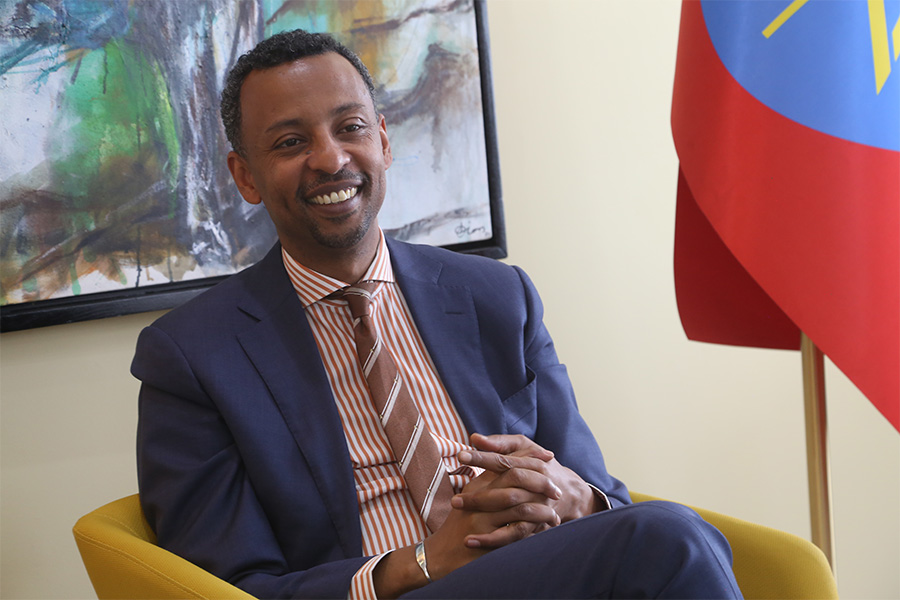
Dec 22 , 2024 . By TIZITA SHEWAFERAW
Charged with transforming colossal state-owned enterprises into modern and competitiv...
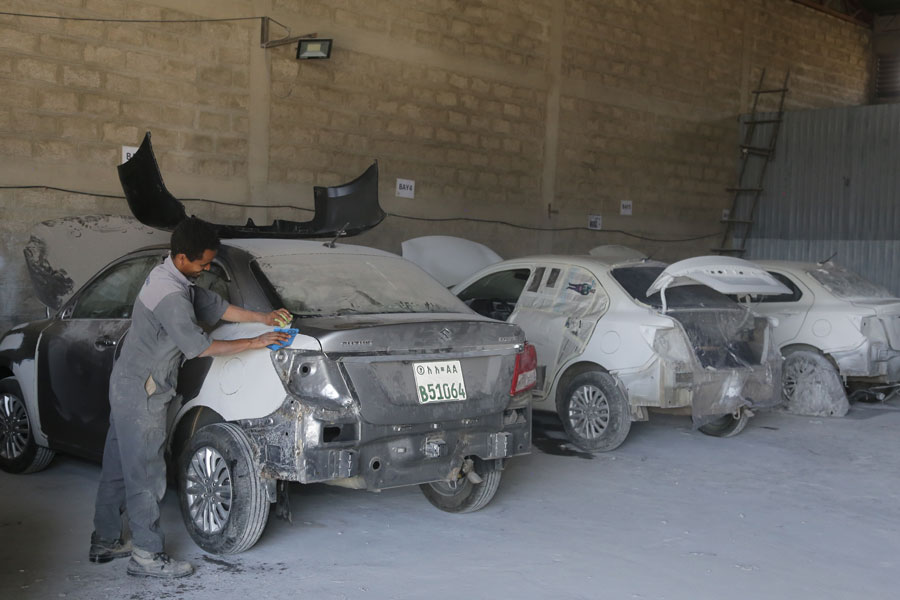
Aug 18 , 2024 . By AKSAH ITALO
Although predictable Yonas Zerihun's job in the ride-hailing service is not immune to...
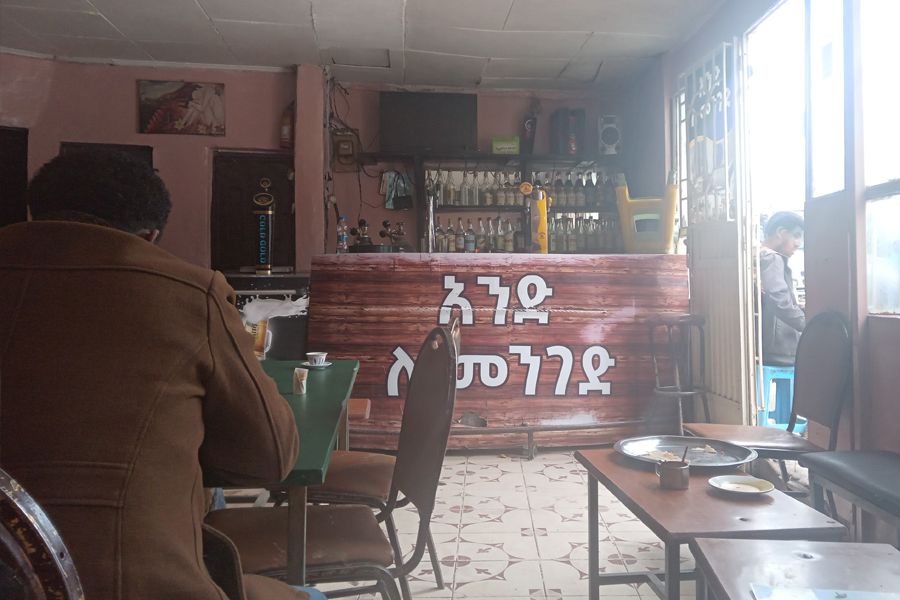
Jul 28 , 2024 . By TIZITA SHEWAFERAW
Unhabitual, perhaps too many, Samuel Gebreyohannes, 38, used to occasionally enjoy a couple of beers at breakfast. However, he recently swit...
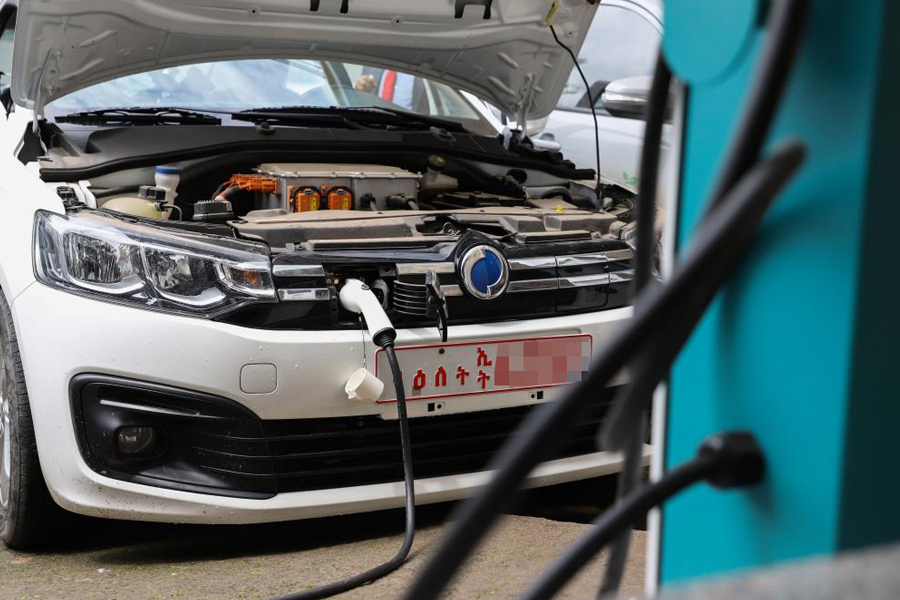
Jul 13 , 2024 . By AKSAH ITALO
Investors who rely on tractors, trucks, and field vehicles for commuting, transporting commodities, and f...
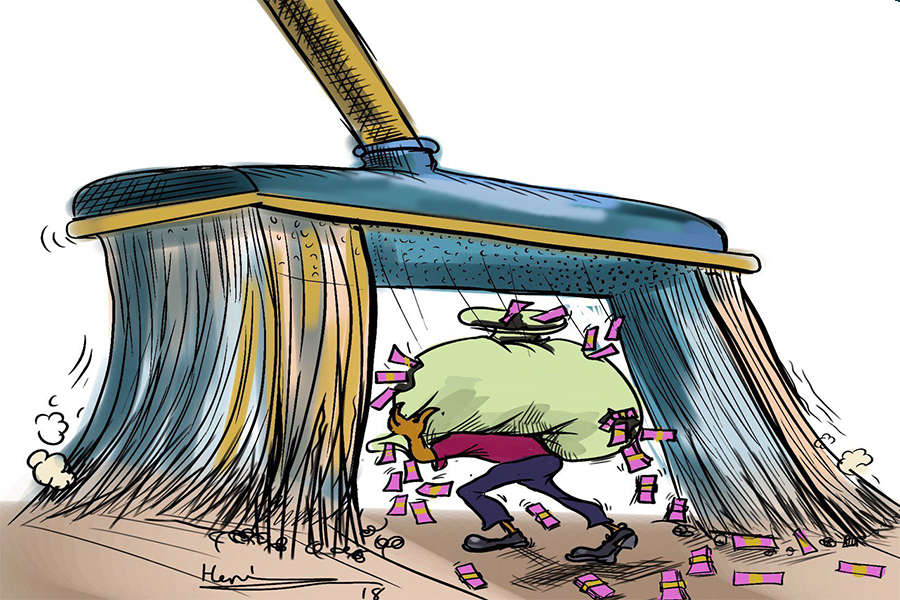
Oct 25 , 2025
The regulatory machinery is on overdrive. In only two years, no fewer than 35 new pro...
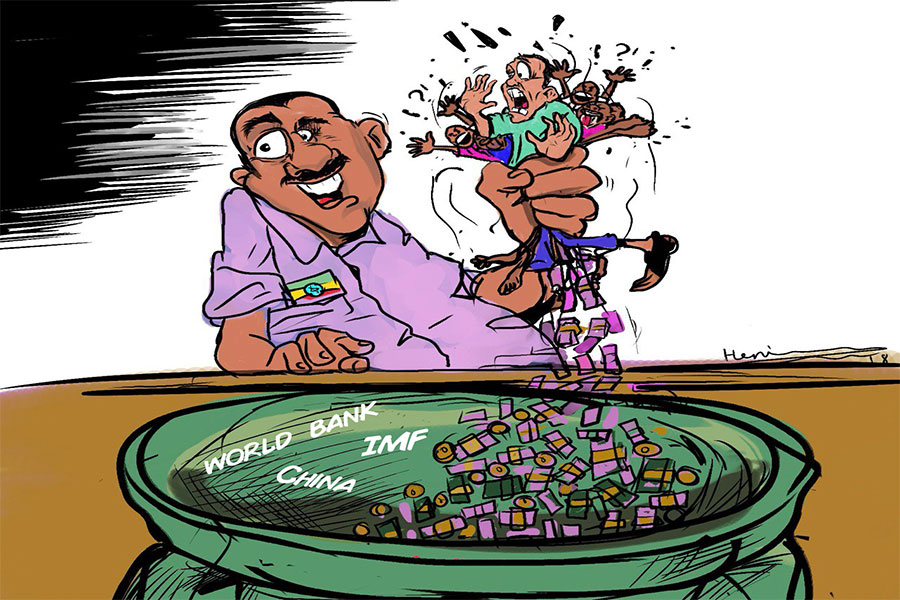
Oct 18 , 2025
The political establishment, notably the ruling party and its top brass, has become p...
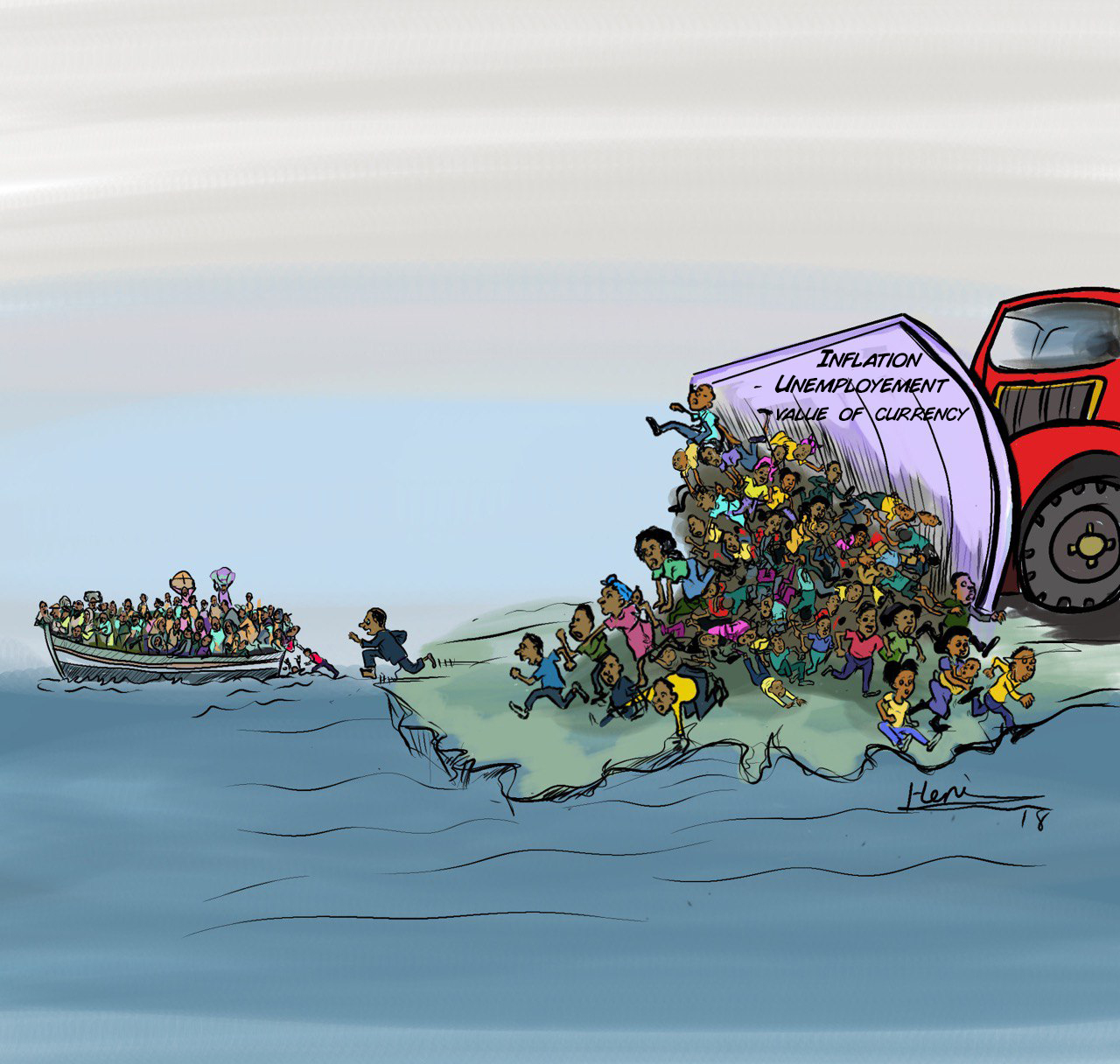
Oct 11 , 2025
Ladislas Farago, a roving Associated Press (AP) correspondent, arrived in Ethiopia in...
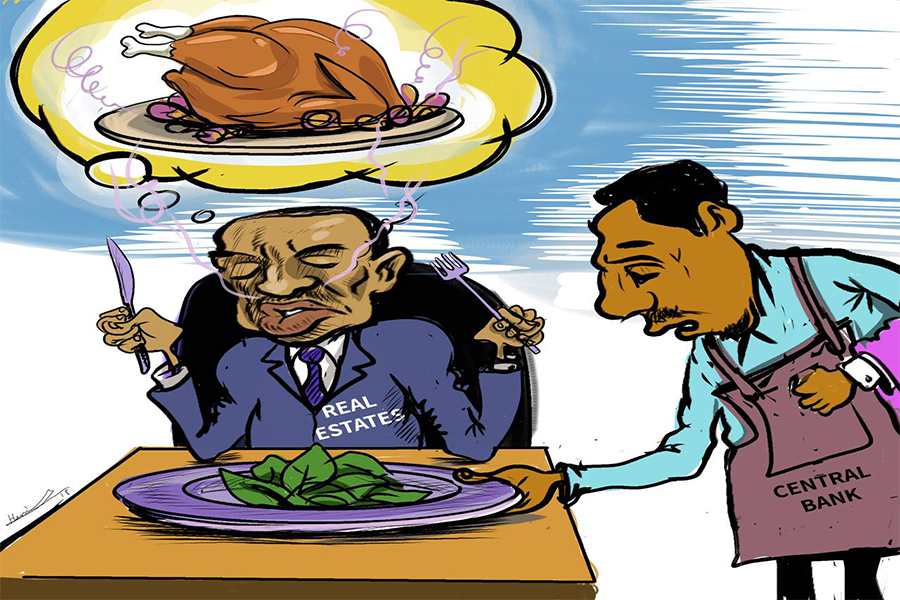
Oct 4 , 2025
Eyob Tekalegn (PhD) had been in the Governor's chair for only weeks when, on Septembe...